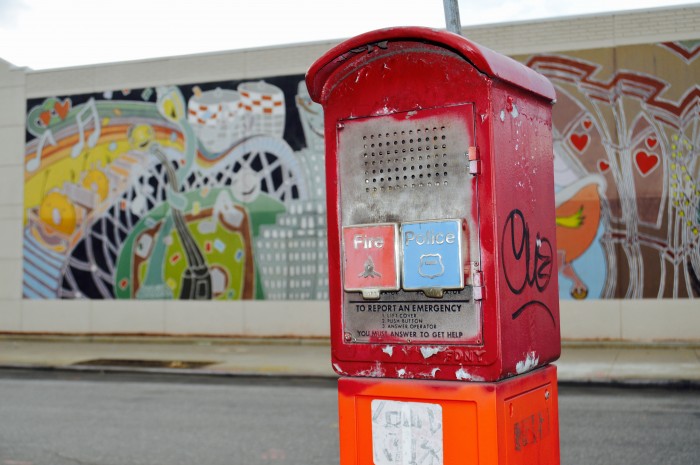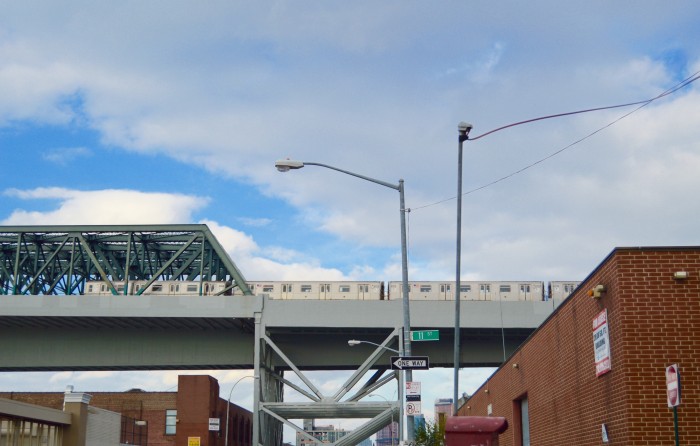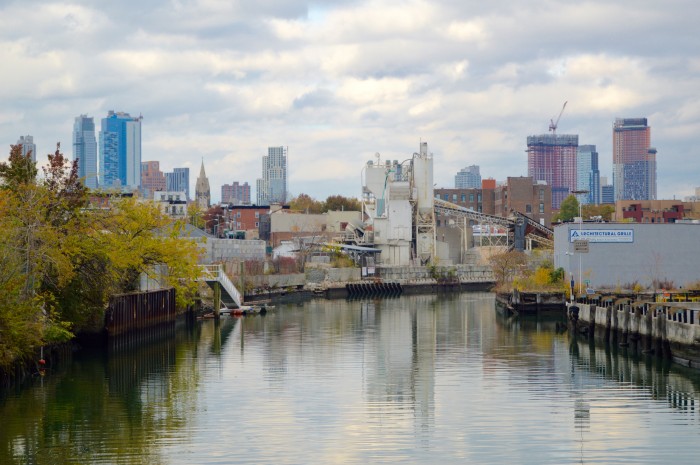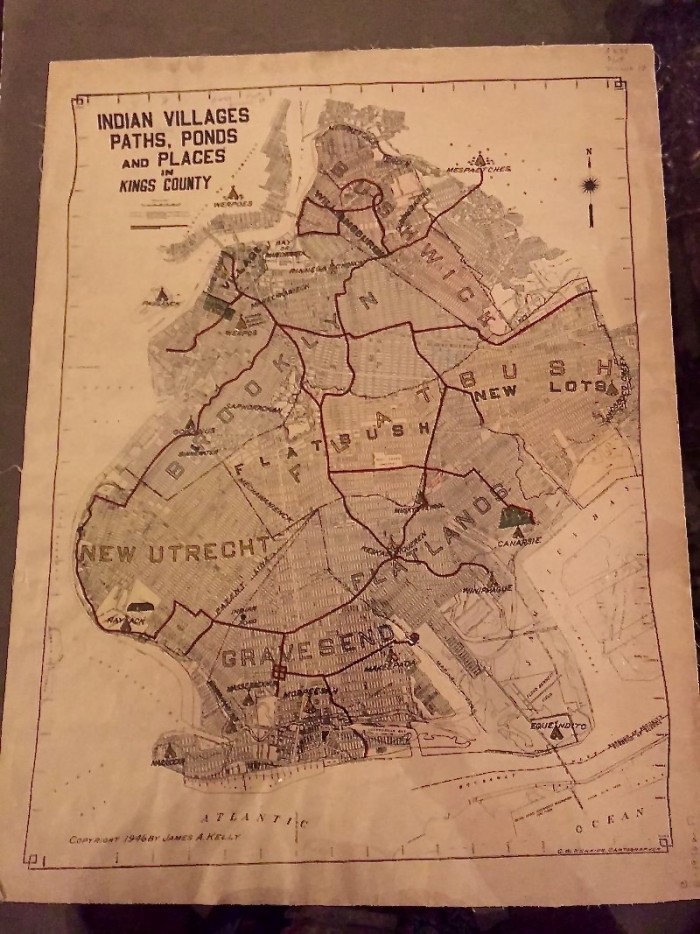Discovering Brooklyn: Gowanus


Welcome back to our monthly series covering all of Brooklyn from Greenpoint to Sea Gate.
Take the F train to the Smith-9th Streets stop. We begin our tour of Gowanus there. This station opened to the public over eighty years ago on October 7,1933, during America’s Great Depression. It is one of only two stations built above ground. Smith-9th Streets is the highest subway station above ground level in the world – standing at about 88 feet tall. The height was necessary so that tall vessels with sails could pass below on the Gowanus Canal; an amazing Brooklyn fact.

Originally the canal was a creek that connected to three ponds that emptied into the Gowanus Bay. The water was home to fish, clams, and particularly large oysters. The Canarsee and Marechkawieck, an Algonquin speaking people, lived and farmed on the surrounding rich land they called “Lenapehoking,” which means “Land of the Lenape.” Though peoples of diverse tribes, the Lenape are united by a common language and are known as the first Algonquin-speaking people from whence all others are descended.
“When the earliest European colonist arrived on the shores of North America, they were astonished by the beauty of their surroundings (and they wrote about its awesomeness) But as long as Native methods prevailed the land retained this park-like quality. Today we can only imagine its loveliness,” writes Scott L. Malcomson in his book, One Drop of Blood. By the 1800s, a busy village thrived along the Gowanus and merchants sold products from their boats.

The City of Brooklyn was growing rapidly and by 1849 the New York State Legislature authorized the construction of the Gowanus Canal. By the 1860s with this artificial waterway completed, Gowanus bustled with major commercial activity. Several factories, serving Brooklyn neighborhoods were thriving.
“In fact, much of the brownstone quarried in New Jersey and the upper Hudson were placed on barges and shipped through the canal to create what we now refer to as “Brownstone Brooklyn,” says the Gowanus Dredgers. The Gowanus Dredgers Canoe Club is a volunteer organization dedicated to providing waterfront access and relevant education. Their headquarters are located on the Gowanus. Check here for upcoming activities and programs.
The Gowanus, once the nation’s busiest canal became its filthiest; filling up with sewage and industrial waste. Today with America’s focus on green environments and ecosystem restoration money has been allocated for the canal’s cleanup. As you follow the canal through the neighborhood of Gowanus, you will experience firsthand, the law of opposites: water beside land, rubbish alongside recycling, residential properties next to commercial and industrial, decline within renewal and the old and the new coexisting comfortably together.
buy viagra online foea.org Generic ones hence they are named differently.

Somewhere very close to the tip of the Gowanus Canal is a sacred Native American Burial Ground. Take a look at James A. Kelly’s map entitled, “Indian Villages, Paths, Ponds, and Places in Kings County.” The teepee in the Boerum Hill/Gowanus area indicates the burial ground. Surely, a Lenape monument or formal remembrance is needed in Gowanus, one of the few Brooklyn neighborhoods with a Native American name.
Kelly’s original map of Indian villages along with other maps, books, and important documents can be found at the Brooklyn Historical Society in Brooklyn Heights. Kelly, the creator of this map, was born in Ireland and served as Brooklyn’s Deputy County Clerk from 1926 to 1964 and Brooklyn Borough Historian from 1944 to1971.
Gowanus geographically has Cobble Hill and Boerum Hill above it, Park Slope to its right, Carroll Gardens to its left, and below it is Sunset Park. According to the New York City Economic Development Corporation the population of Gowanus, reflecting a five-year data sample from 2007 to 2011, was 24,400. The population of Gowanus today is rising and the number of young working-age adults has risen notably, for many reasons: housing prices are comparatively moderate compared to its upscale neighbors, public transportation is accessible, a new Whole Foods is on 3rd Street, and the Gowanus Expressway keeps people moving.


Before leaving Gowanus visit the Morbid Anatomy Museum located at 424A 3rd Avenue. The museum strives to bring to light forgotten and neglected histories through exhibition. The space is available for private event rental and is currently exhibiting, House of Wax: Anatomical, Pathological, and Ethnographic Waxwork from Castan’s Panopticum, Berlin, 1869-1923, curated by Ryan Matthew Cohn of TV’s “Oddities.” The exhibit is quite odd to say the least. Since I don’t want to leave you feeling morbid, try to optimistically visualize the Gowanus Canal with crystal clear water and see fish, clams, and particularly large oysters moving through it freely.
Meet you next month in Red Hook.

Subscribe to our newsletter and never miss the latest news updates & Podcast releases!
